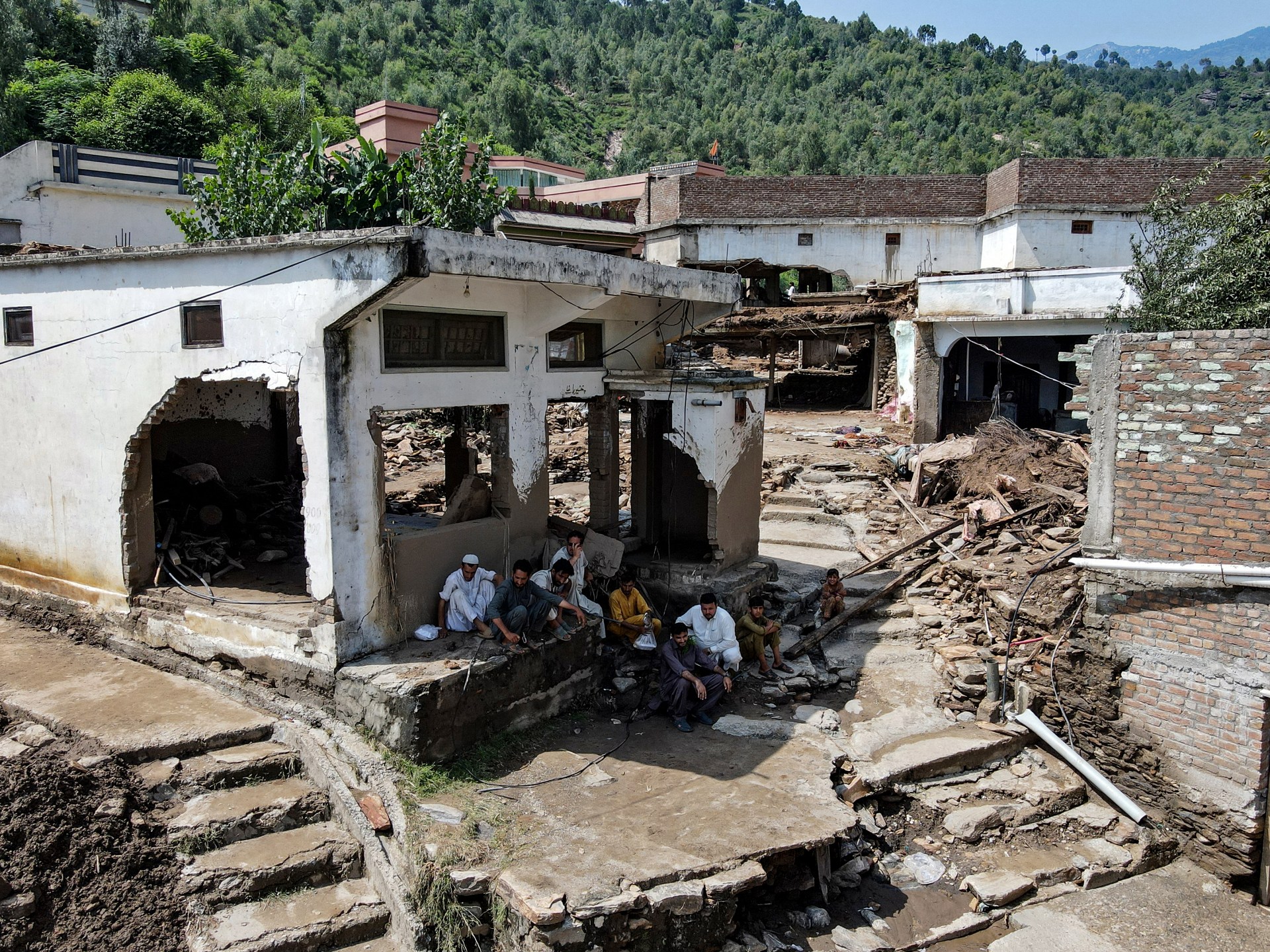In northwest Pakistan, which was ravaged by landslides and flash floods on Friday, rescuers are searching for more than 150 missing people.
At least 344 people were killed and hundreds of homes were destroyed by the flash foods caused by torrential rains.
In Khyber Pakhtunkhwa province, where monsoon rains are anticipated to only increase in the coming days, flooding and landslides that caused houses to collapse was the most common cause of the 317 fatalities reported.
According to authorities, “10 to 12 entire villages” were partially buried in Buner and at least 208 people have been killed and more than 150 have gone missing.
According to Asfandyar Khattak, the provincial disaster management authority’s head, “They could be swept away by floodwaters or trapped beneath the rubble of their homes.”
“Separately, in Shangla district, dozens of people are reported missing,” Khattak continued.
About 2, 000 rescue workers are employed in nine districts, according to a spokesman for the province’s rescue agency, whose rain is still hampered efforts.
According to Bilal Ahmad Faizi, “the operation to rescue people trapped under debris is ongoing.”
He continued, “There are very slim chances that those who are buried beneath the debris will survive.”
The electricity supply was restored on Sunday afternoon after days of power loss.
A few villagers worked to cut down fallen trees to clear the way after the water drained, which hindered the movement of rescue vehicles.
The provincial government has designated Buner, Bajaur, Swat, Shangla, Mansehra, and Battagram as disaster-hit areas.
On Saturday, hundreds of people gathered for mass funerals, laying bodies on the village’s ground covered in white shawls.
Pope Leo XIV prayed for “all those who suffer because of this calamity” as Iran declared it was ready to “provide any cooperation and assistance aimed at reducing the suffering” in neighboring Pakistan.
South Asia receives about three-quarters of its annual rainfall, which is essential for agriculture and food production, but also causes destruction.
According to Lieutenant General Inam Haider, head of the national disaster agency, “the intensity of this year’s monsoon is about 50 to 60 percent higher than last year.”
He told journalists in Islamabad that “two to three more monsoon spells are anticipated until the first weeks of September.”
The season typically begins in June and eases by the end of September, which are a common occurrence during the summer.
More than 650 people have been killed and more than 920 have been injured as a result of the torrential rains that have poured into Pakistan since the start of the summer monsoon.
Source: Aljazeera

Leave a Reply